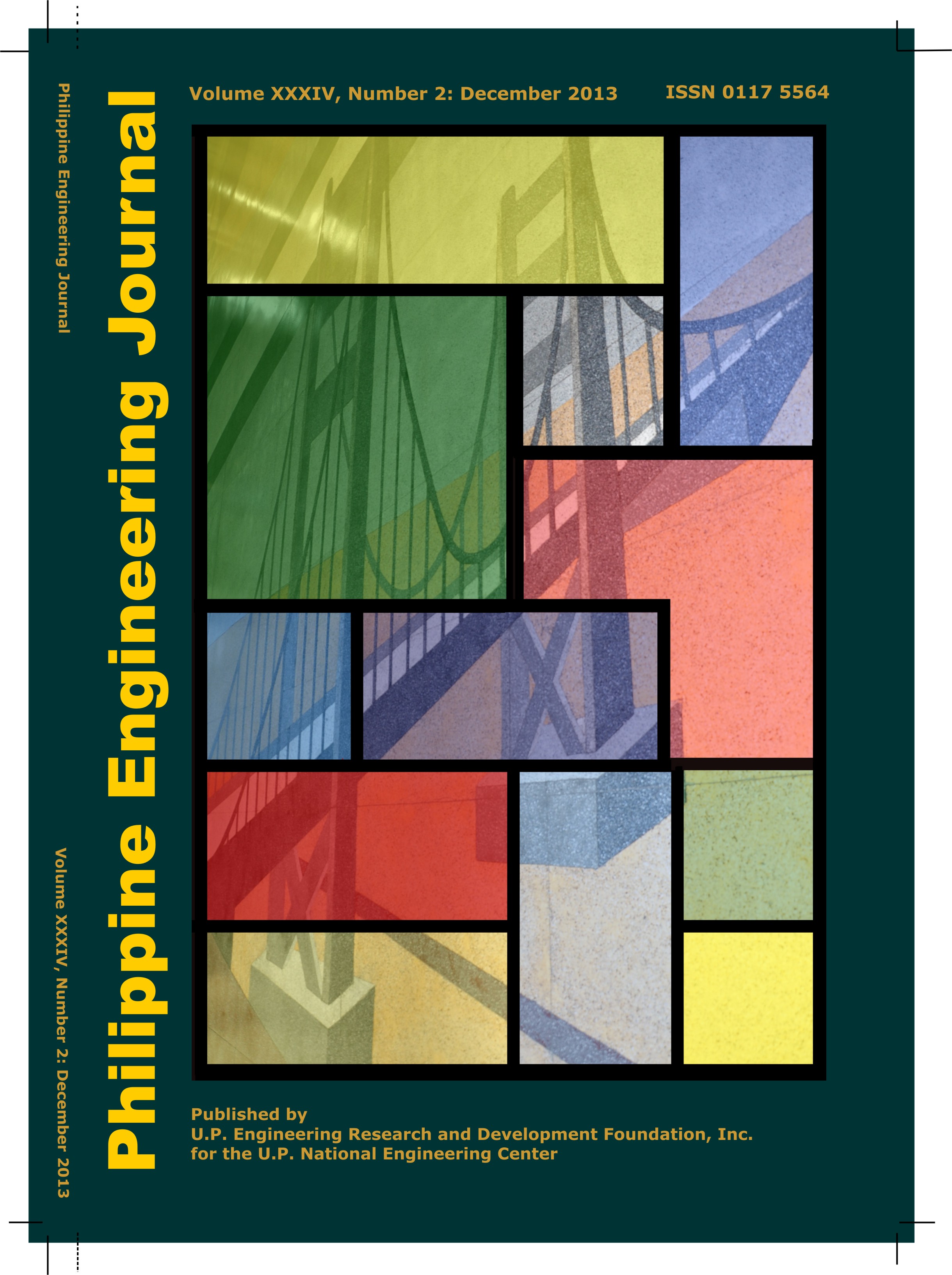Localization and Savings in Utilization of External Melt Thermal Storage System for Air-conditioning Application in the Philippines: A Proof of Concept
Abstract
External melt Thermal Energy Storage (TES) system has a distinct advantage over its conventional water chiller counterpart since it operates and builds up ice during off-peak period when electricity cost is low, and uses the stored coldness during on-peak period when electricity cost is high. This study has proven that TES system can take advantage of this variation in electricity rate, especially when the on-peak electricity cost is very high as in the case of the Philippines. Improvement of system efficiency is also evident given the lower wet bulb temperature of air during nighttime compared with daytime.
The computation in this study had been based on a recently installed external melt TES utilizing only water and ice, being the first one in the country and installed in a learning institution in Caloocan City, Metro Manila, Philippines. For estimate in savings, ice formation and melting were simulated based on energy analysis conducted every 15 minutes for a period of 24 hours. The computation was also based on industrial time-of-use (TOU) rate of electricity and seasonal ambient air temperature variations in the Philippines over a period of one year. On the thermal side of computation, it assumes steady-state condition and neglects the effect of film coefficient inside the tubes due to nucleate boiling of the refrigerant. It also takes into consideration the combined presence of system cooling demand and compressor cooling capacity.
The total instantaneous cooling demand of the system is about 1,147 kW (326.2 tons of refrigeration, TR). It operates 19-hours a day with compressor resting period from 5-9 PM (5 hours) and from 6-7 AM (1 hour), to ensure continuous chilled water supply even during the hottest time of the day. A partial TES was selected in the design of the installed system considering optimization and balance between energy savings and insufficient allocated space for full TES. The increase in first cost is about US$55,000 which is due to adding TES components as compared to using only components of conventional water chiller. This increase in cost is about 14% of the chiller system and can be recovered in 2.55 years with internal rate of return (IRR) of about 32%. The TES system can yield an annual savings of US$22,000 in electricity, which is about 12% of the chiller power cost. This savings is a combined economic effect of TOU power rate and improvement in the coefficient of performance (COP).
Increasing the ice thickness-on-coil from the conventional 6.35 cm (2.5 in) to 7.24 cm (2.85) by locally fabricating the TES tank reduced the needed additional first cost by about 10% and the floor area of the tank by 11.64°% of the floor area necessary for utilizing the standard tank for the conventional TES thickness.
Keywords: thermal energy storage, external melt, ice, time-of-use rate


